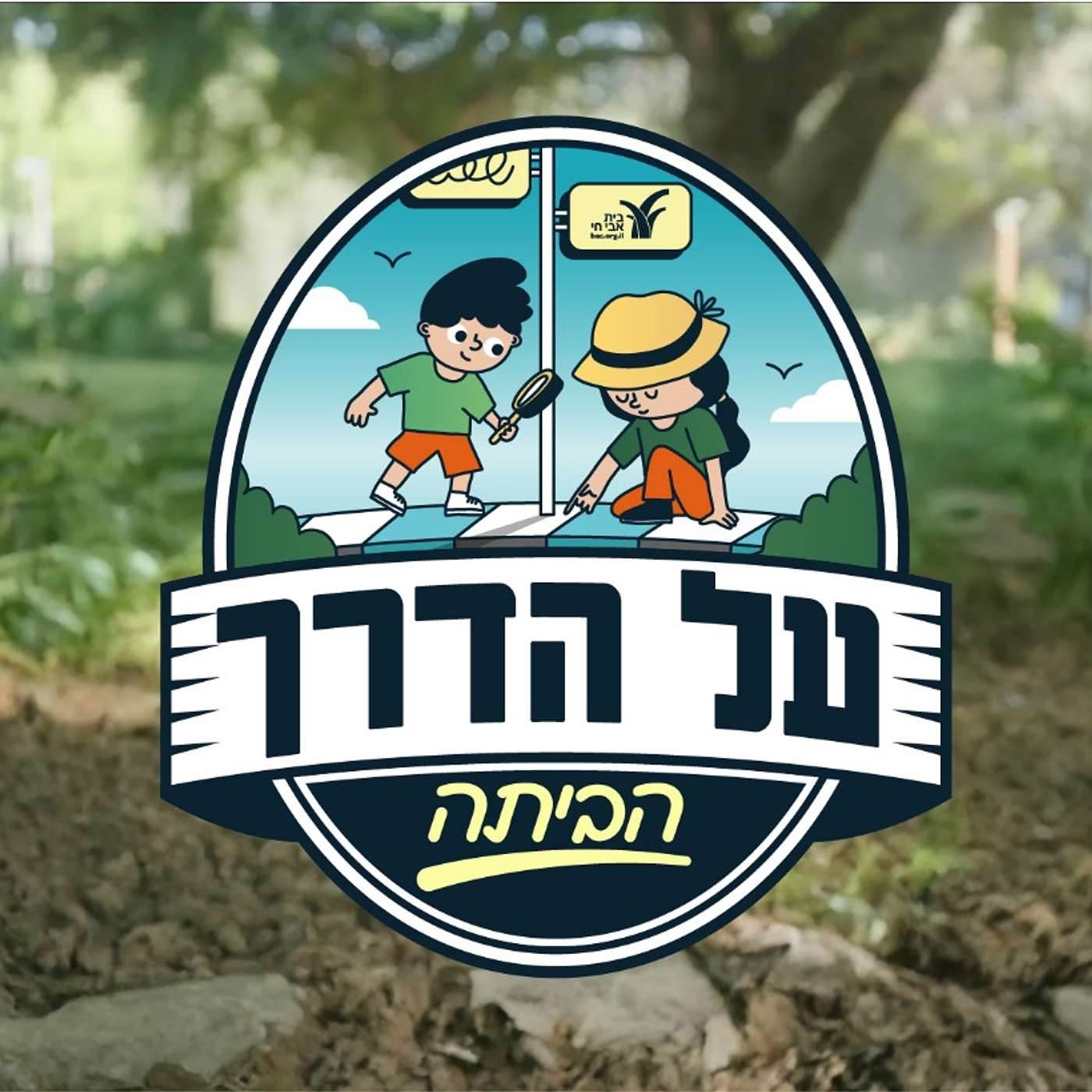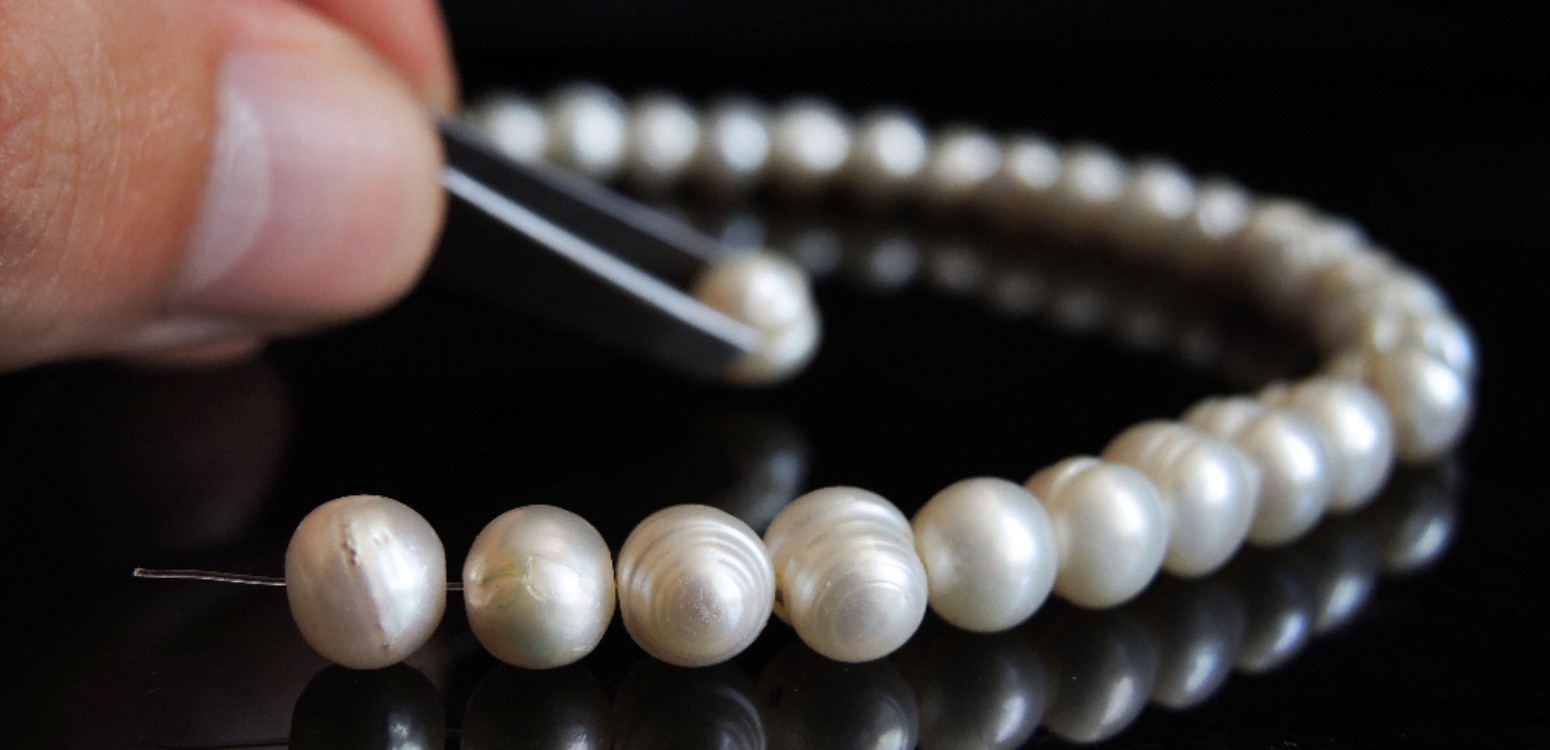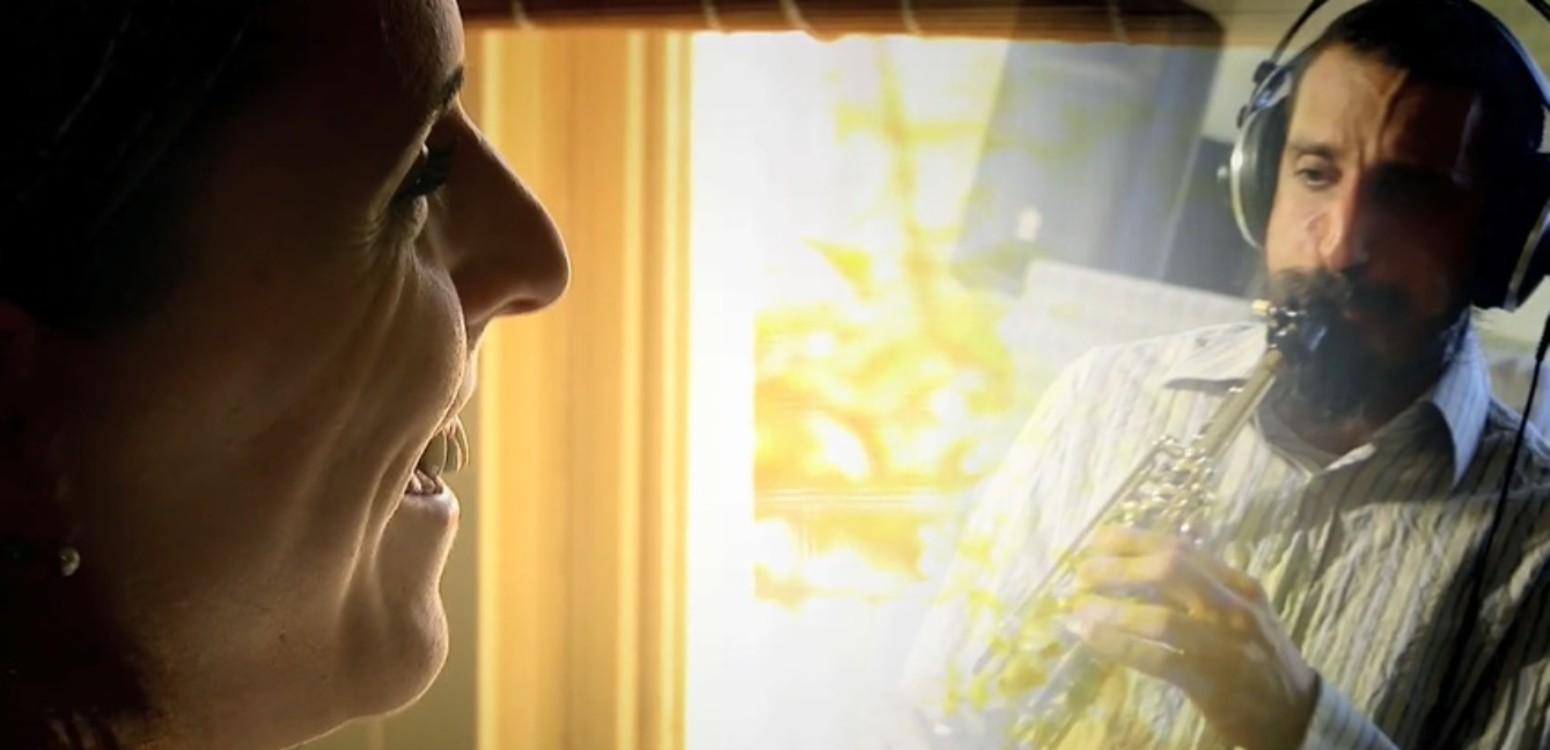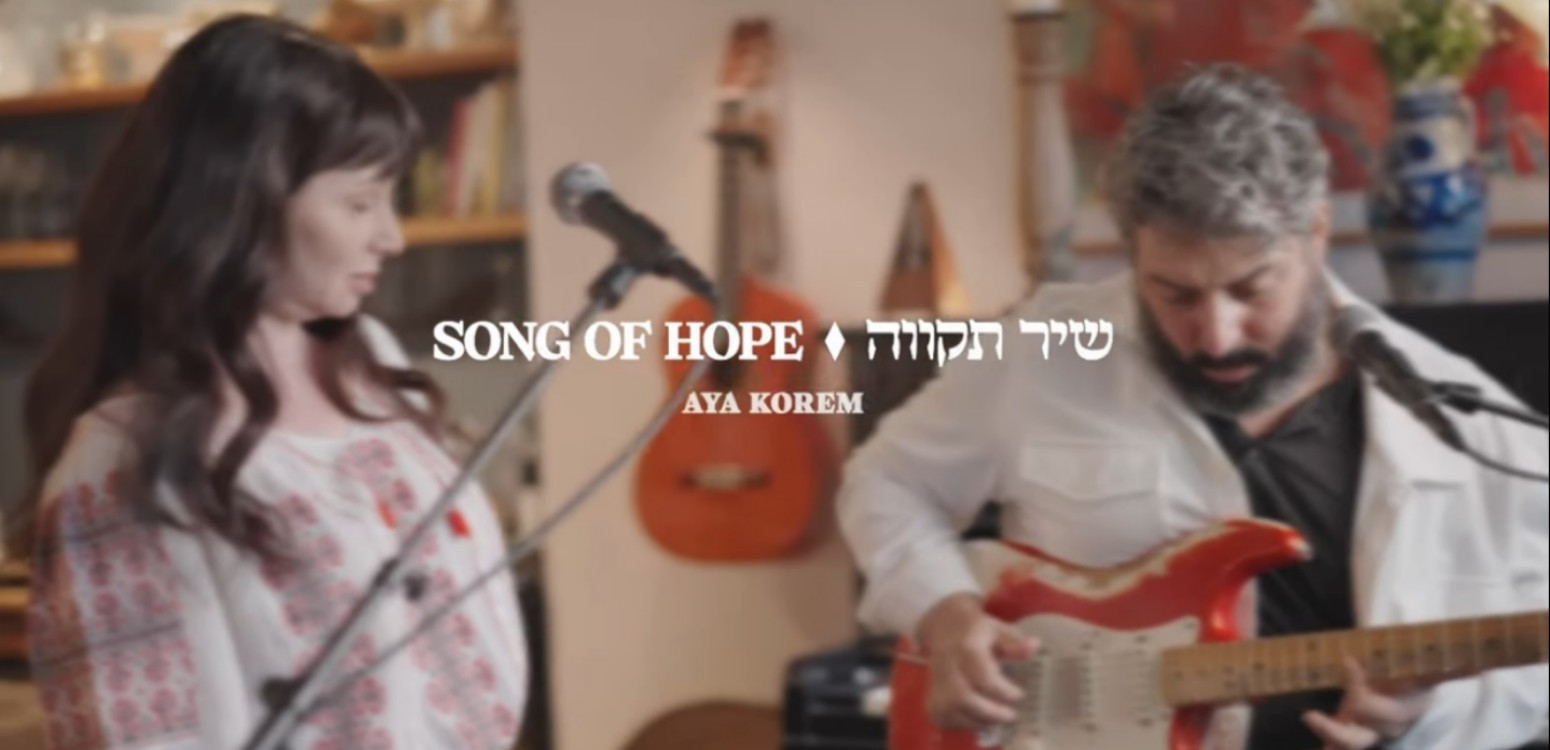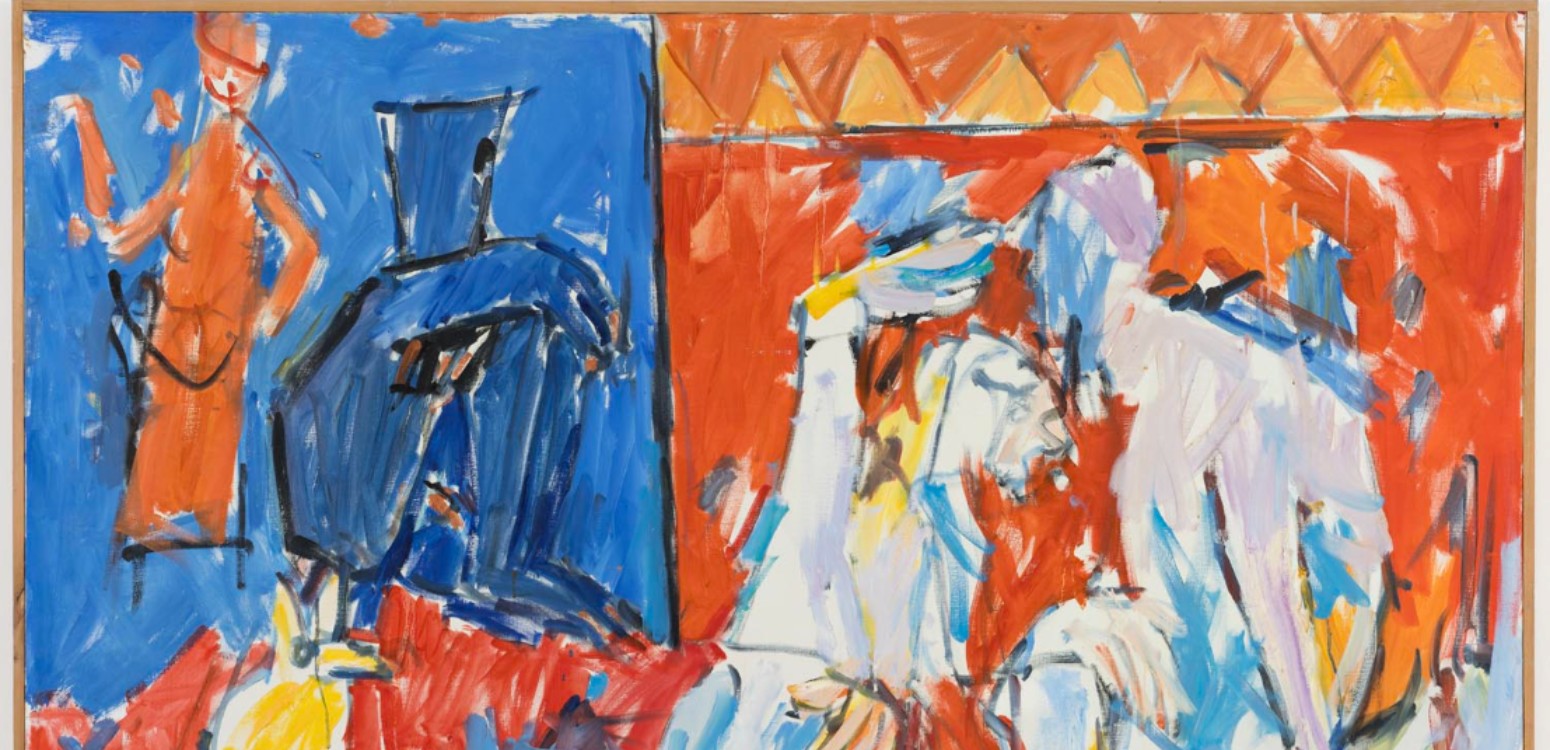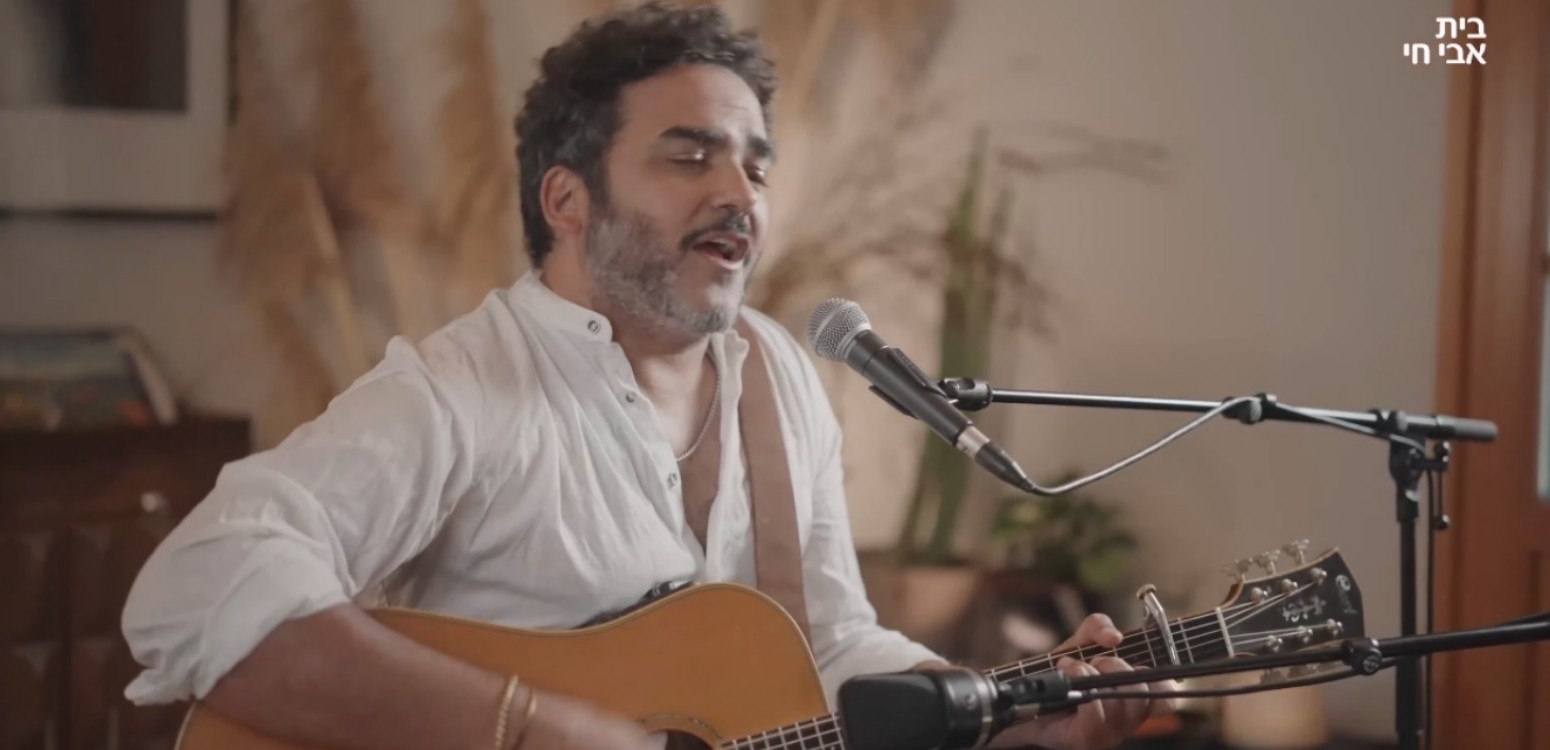On the Honey and the Sting: Ten facts about Naomi Shemer
Like in her song, Naomi Shemer also died in the month of Tamuz. We are commemorating the 20th anniversary of her death with ten facts about her
Naomi Shemer’s mother Rivka Sapir has to be thanked for Naomi’s music studies as it was the former who insisted on her daughter’s musical upbringing. When Naomi was six, Kvutzat Kinneret received a piano as a gift, so as a child Shemer played at the kibbutz’ Kabbalot Shabbat and led Shira Betzibur events (Israeli sing-alongs).
Due to her studies, Naomi Shemer’s military service was postponed by four years. When she was drafted into the IDF, she first did tironut )recruit training(, and later even participated in a squad commander course. Then she met the officer of the leading military band Lehakat HaNachalat, who added Naomi to its ranks.
After finishing her music studies, Shemer returned to her kibbutz, Kvutzat Kinneret, and worked as a music teacher in the local kindergarten. Due to a lack of children’s songs, Shemer began writing songs of her own, many of which became classics..jpg)
Shemer wrote songs for various Israeli military bands, and the song Hoppa Hey, which she originally wrote for an Israeli army radio program on Kol Israel, was a great success and won first prize in an international song competition in Italy in 1960. The song was later translated into Italian and English.
Shemer was the first to write about the phenomenon of sexual harassment of female soldiers in the IDF in the 1970s. In her song Vals Lehaganat Hatzome'ach (“Plant Protection Waltz”) she protests the fact that plants are protected and only women are not: Everyone passes by, grabs them, and picks the flowers.
Her song Lu Yehi, written in the first days of the Yom Kippur War, was inspired by the Beatles song “Let it Be”. In its words Shemer expressed her personal hope and prayer for the safe return of the soldiers.
Naomi Shemer was the first to call Tel Aviv “The White City” in her song of the same name, which she wrote about the city.
Yerushalayim shel Zahav (“Jerusalem of Gold”) was written after Teddy Kollek, the mayor of Jerusalem at the time, asked Shemer to write a special song about the city for the Israel Song Festival that was broadcast on the radio in 1967. After the Six-Day War, Shemer added a verse to celebrate the liberation of East Jerusalem and the city’s unification.
Shemer was politically affiliated with the right wing and publicly expressed support for the Yamit settlement in the Sinai peninsula. So, her song Al Kol Eleh (“Over All of These”), better known as Al Hadvash ve'al Ha'okets (“On the Honey and the Sting”), was said to be dedicated to the evacuation of Yamit. However, it is actually a personal song, which Shemer wrote for her sister, whose partner drowned while diving on the shores of Sinai.
Years before her death, Naomi wrote the song Atzuv Lamut Be'emtza Hatamuz (“It’s Sad to Die in the middle of Tamuz”). Her story comes to an end when cancer overcame her on the 7th of Tamuz of the Jewish year 5764(June 26, 2004).
Main photo: Wikipedia
Model.Data.ShopItem : 0 8Also at Beit Avi Chai
